RICE Framework for Product Prioritization Strategy - RICE Prioritization Tool
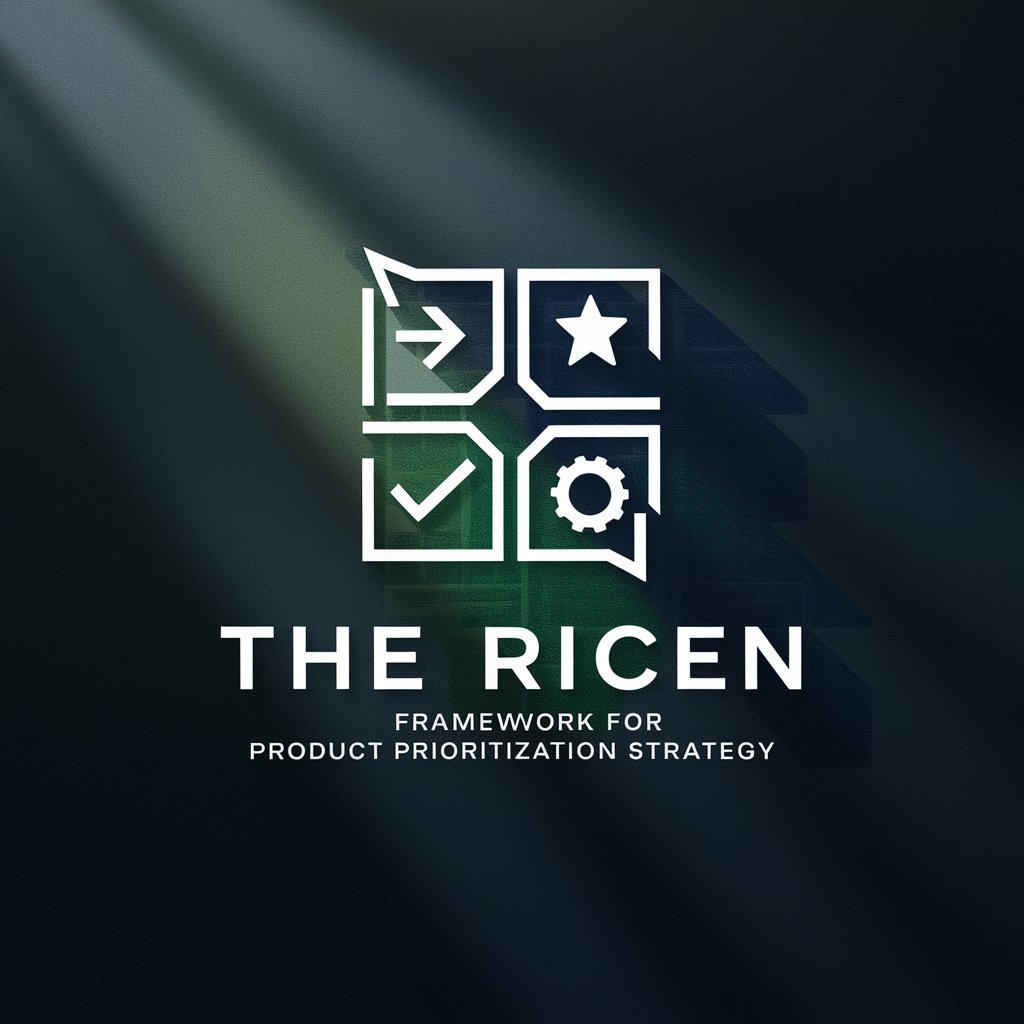
Welcome! Let's prioritize your ideas using the RICE framework.
Strategize with AI-Powered Prioritization
What problem does the idea aim to solve?
Who is the target audience for this idea?
How will we measure the success of this idea?
What factors determine the idea's potential impact?
Get Embed Code
Understanding the RICE Framework for Product Prioritization
The RICE scoring model is a systematic framework designed to help product managers and teams prioritize feature ideas and project tasks based on four key factors: Reach, Impact, Confidence, and Effort. The RICE framework assists in quantifying and comparing the potential benefits of different initiatives to make informed decisions about where to allocate resources effectively. For instance, a product team at a tech company might use RICE to decide whether to develop a new user interface or integrate a third-party API. Each potential project is evaluated based on how many users it will reach, the impact it will have on the business, the team's confidence in its estimates and success, and the effort required to implement it. Powered by ChatGPT-4o。

Key Functions of the RICE Framework
Reach Analysis
Example
Calculating potential user engagement for a new feature
Scenario
A software company considers adding a chatbot to their service. They evaluate the 'Reach' by estimating the number of users who might use the chatbot monthly.
Impact Assessment
Example
Estimating the effect of a new module on revenue or customer satisfaction
Scenario
A retail app is planning to introduce a loyalty program. The 'Impact' factor helps determine the potential increase in customer retention and average order value resulting from this feature.
Confidence Measurement
Example
Determining the reliability of the impact and reach estimates
Scenario
Before launching a new reporting feature, a team assesses their 'Confidence' in the feature's success based on past project outcomes and current data accuracy.
Effort Estimation
Example
Assessing the resources and time required for a new integration
Scenario
A tech startup evaluates the 'Effort' needed to integrate with a popular payment gateway, considering the complexity of the integration and the team's current workload.
Target User Groups for the RICE Framework
Product Managers
Product managers use the RICE framework to streamline decision-making processes around feature development and project prioritization, ensuring resource allocation aligns with strategic business goals.
Startup Founders
Startup founders benefit from using RICE by focusing their limited resources on high-impact projects that can drive significant user growth and operational scalability.
Project Managers
Project managers apply the RICE model to prioritize tasks within larger projects, helping to keep teams focused on the most impactful activities and managing project timelines more efficiently.

Steps for Using the RICE Framework for Product Prioritization
Initiate Free Trial
Start by accessing a free trial at yeschat.ai, which allows use without login and without the need for a ChatGPT Plus subscription.
Identify Prioritization Criteria
Establish clear criteria for Reach, Impact, Confidence, and Effort for each product feature or initiative to effectively use the RICE scoring model.
Gather Quantitative Data
Collect data on potential user reach, expected impact, project confidence levels, and estimated effort to implement each feature.
Calculate RICE Scores
Use the formula [Reach * Impact * Confidence] / Effort for each feature to assign a RICE score and prioritize based on the highest scores.
Review and Adjust
Periodically review and recalibrate your RICE scores as market conditions, business priorities, and resource availability change.
Try other advanced and practical GPTs
Rice Tales Curator
Explore China's Rice Heritage, AI-Powered
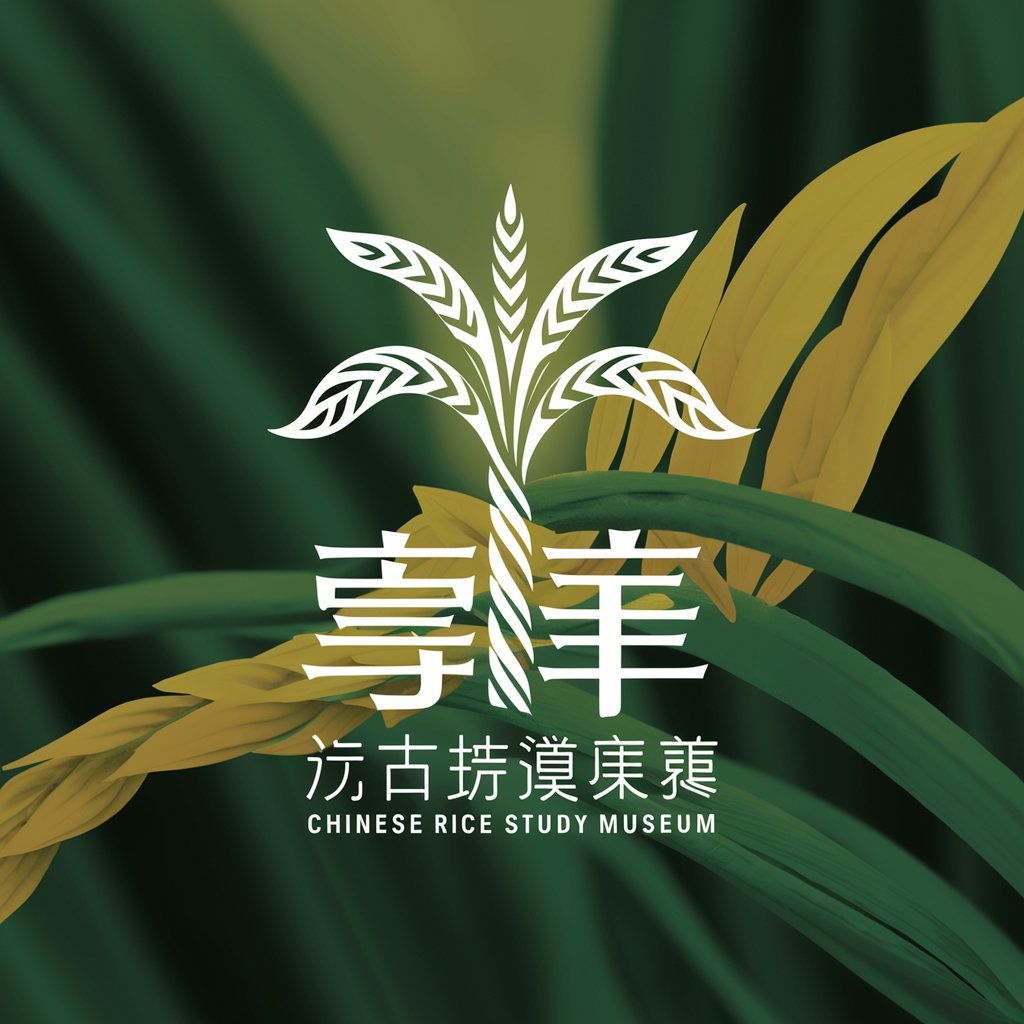
Rice Price Finder Abuja
Empowering Decisions with AI-Driven Rice Market Data
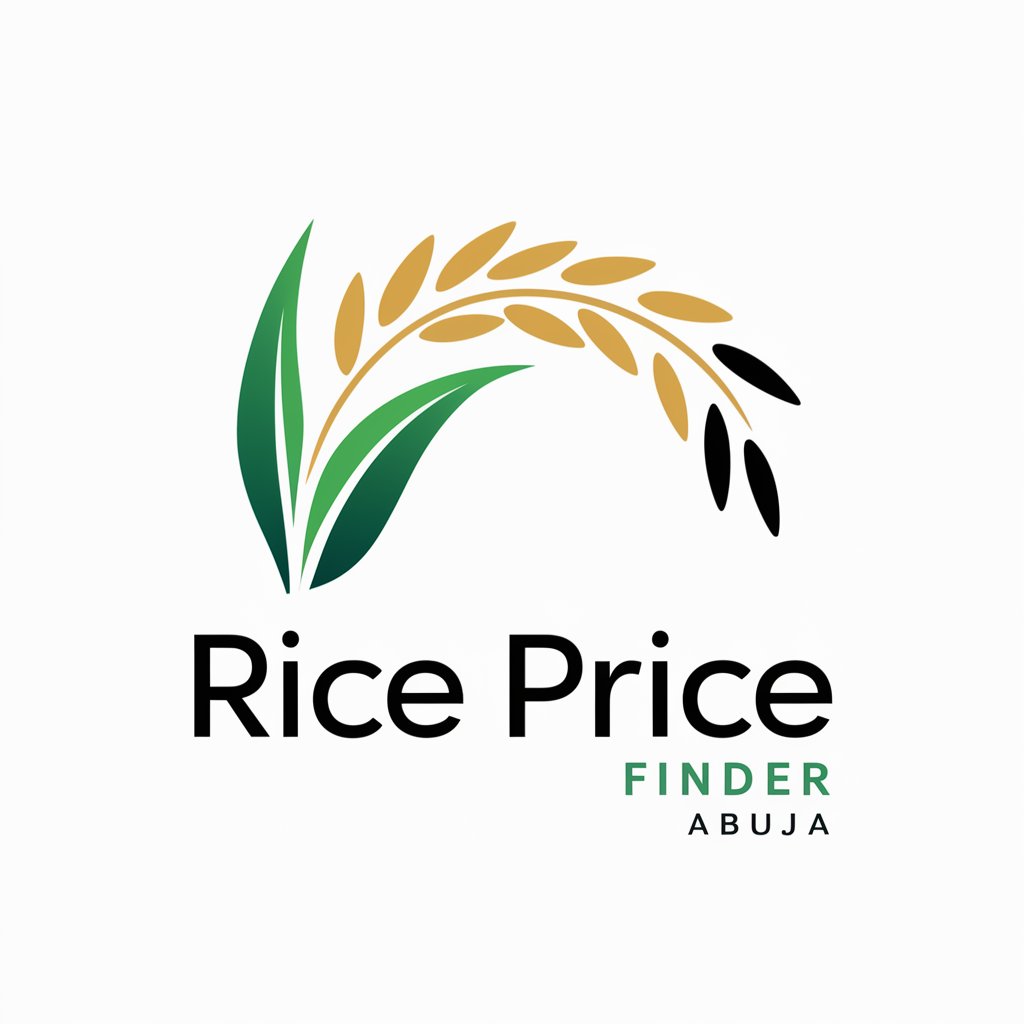
막걸리마니아 Rice wine mania
Unveiling Makgeolli Mysteries with AI
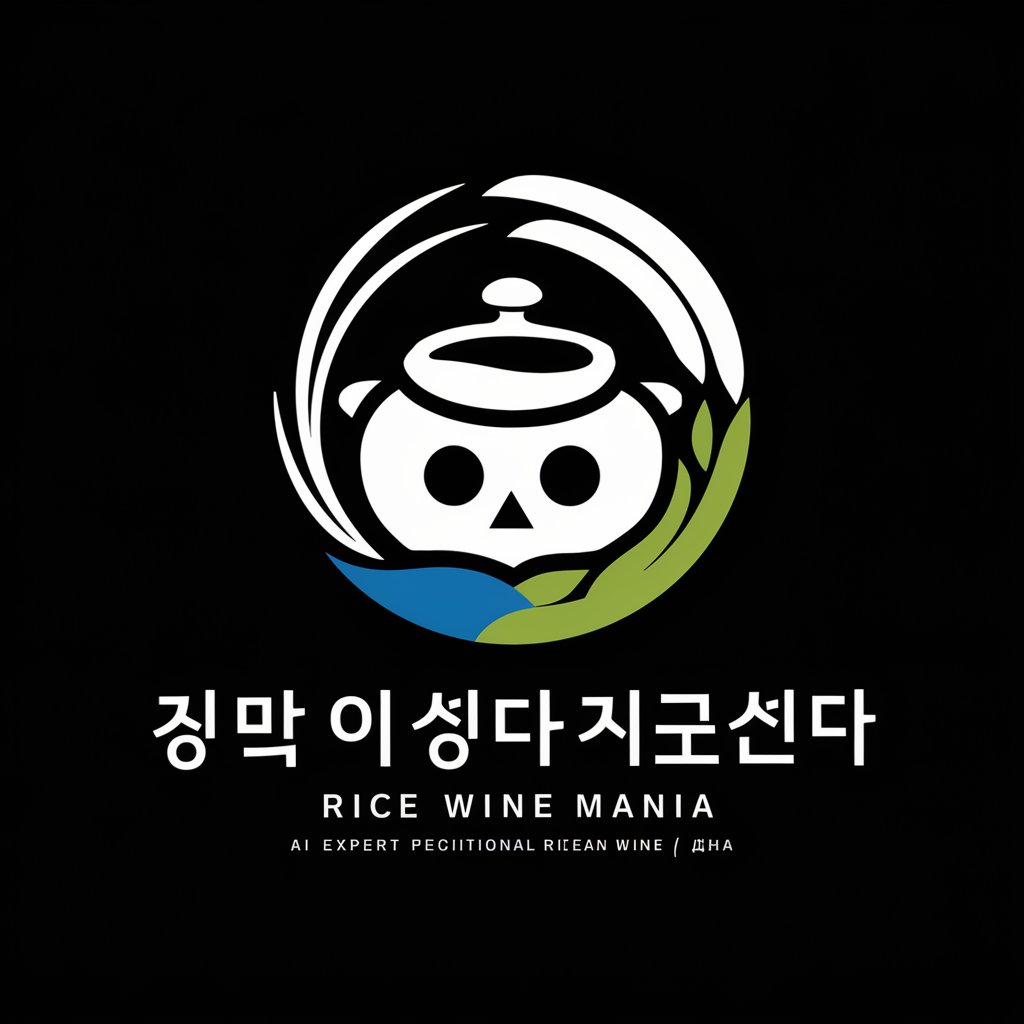
Sweet Rice Dumpling Suck
Advocate for Savory Snacks

Asistente Rice 2024
AI-powered assistance at your fingertips
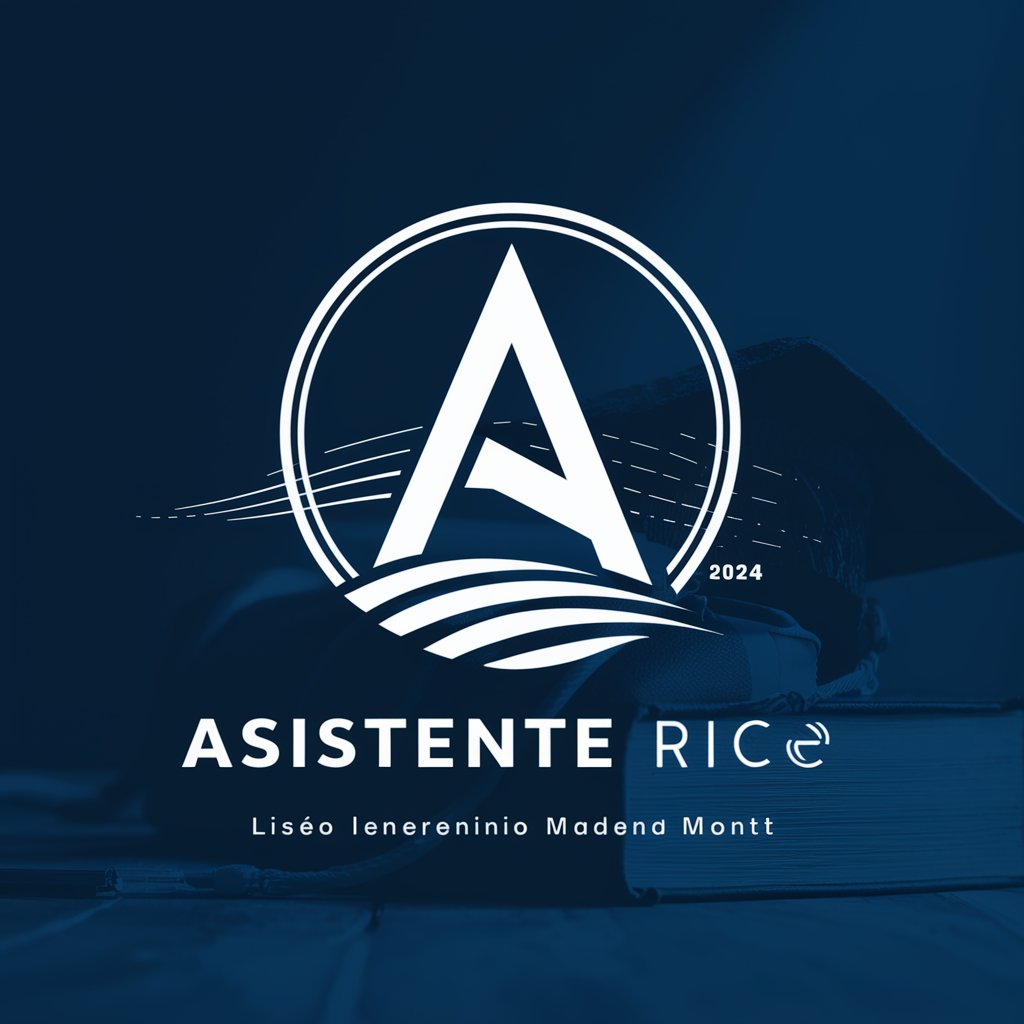
Rice Aerospace Coding
Coding the Future of Aerospace
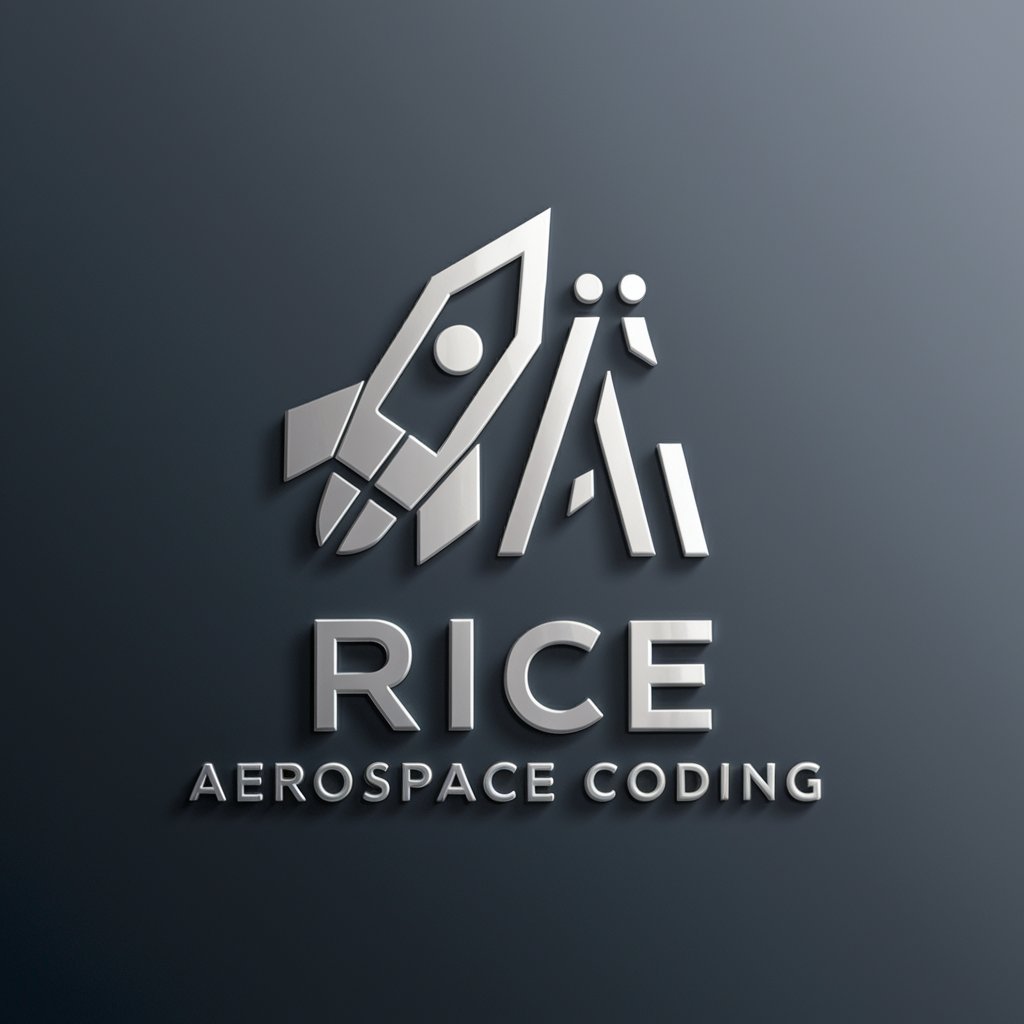
Pocket Lawyer
AI-powered Brazilian Legal Aid

Frustration Tolerance Trainer
Train Your Patience, Empower Your Mind

KIKUTOMO!
Empowering decisions with AI-driven insights
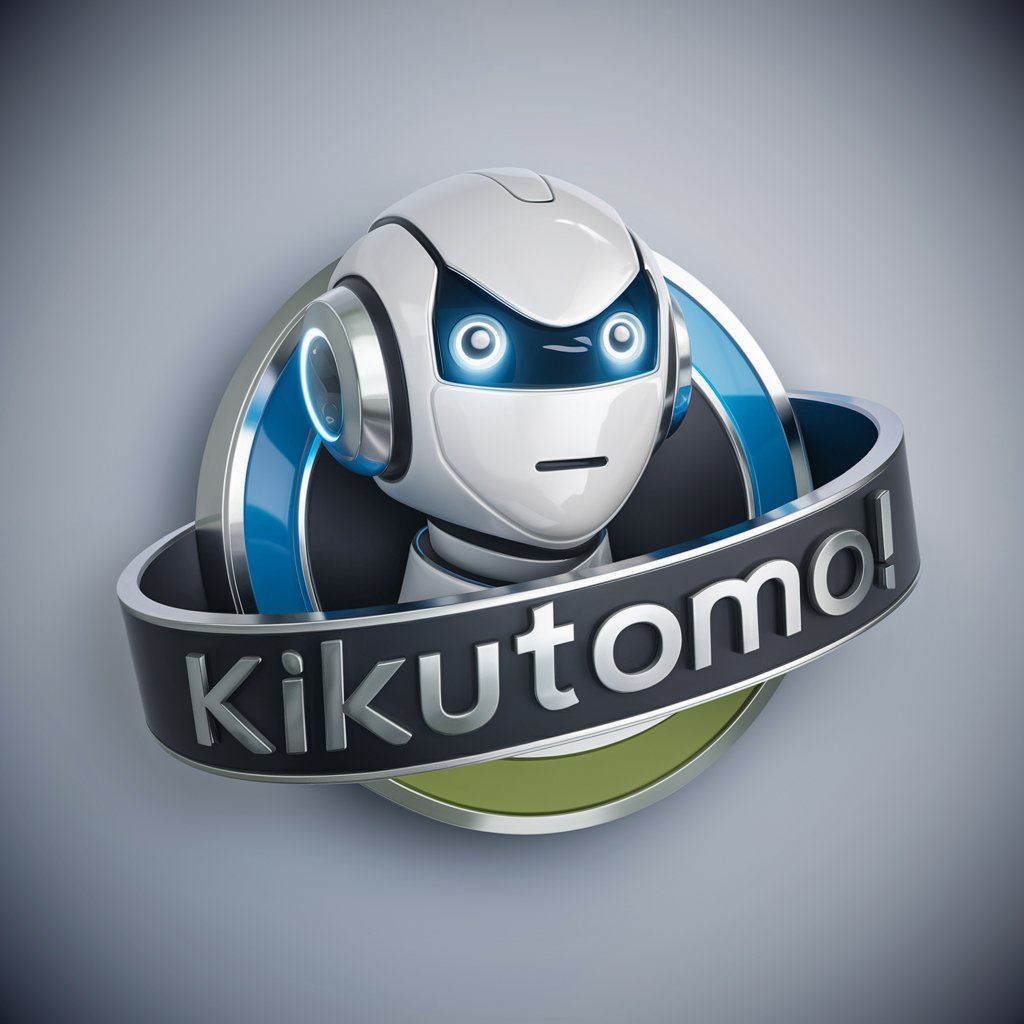
Rant and Rave
Talk, Reflect, Grow—AI-Powered Conversations
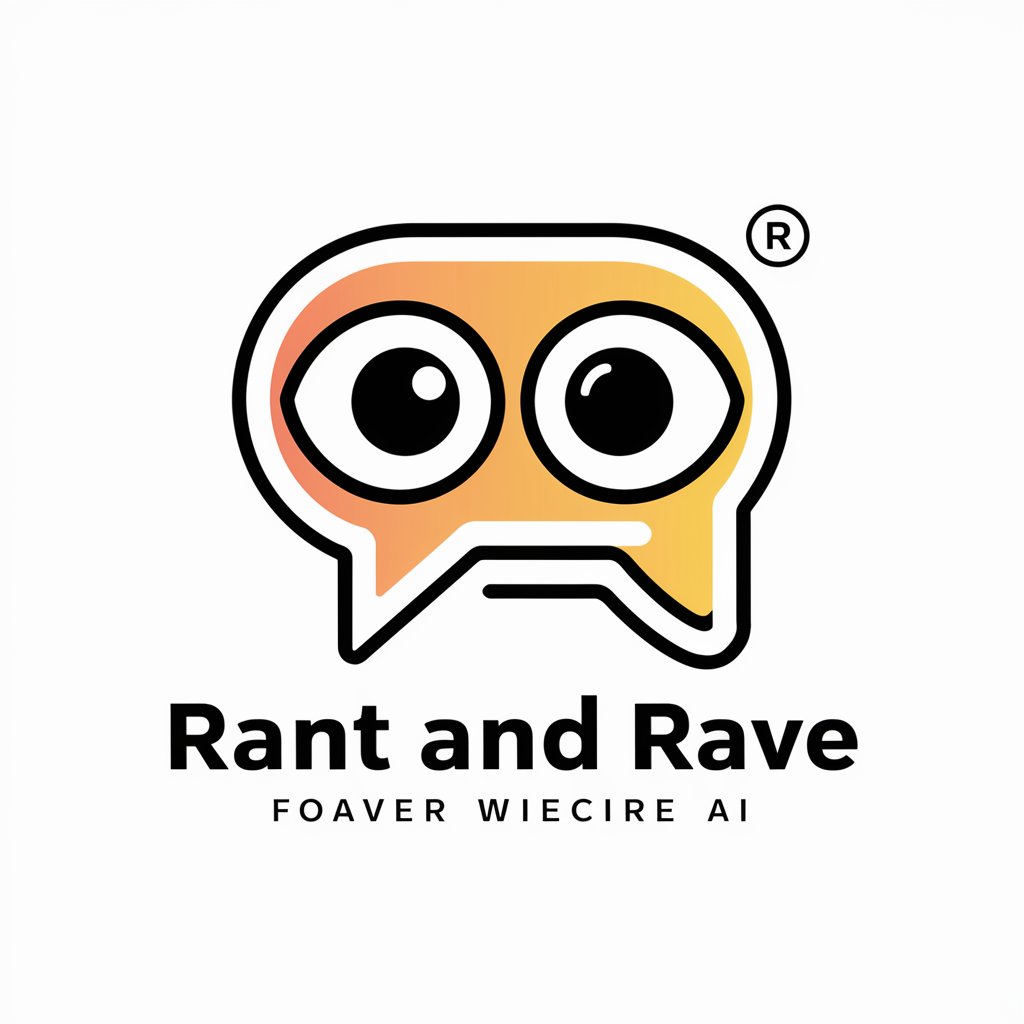
The "Feel Better" Bot.
Empathy at a Click
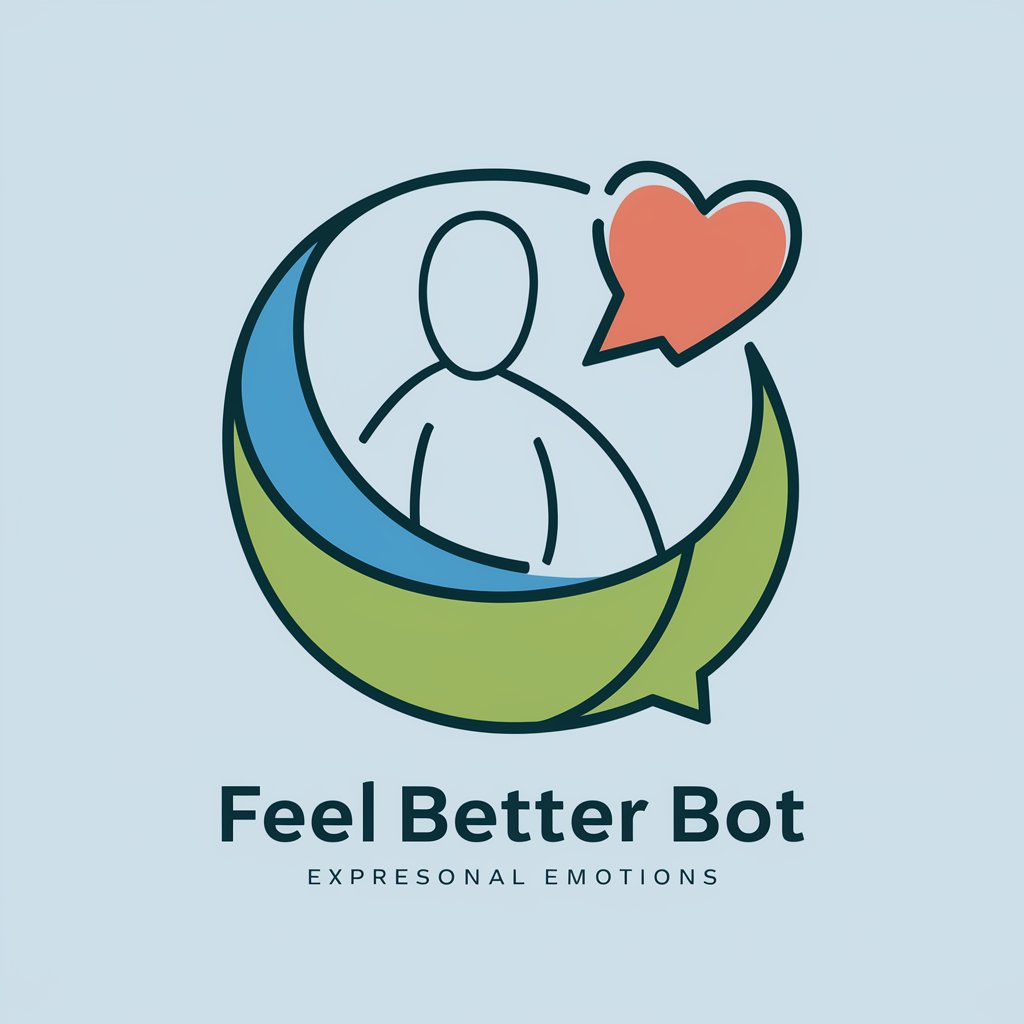
FixItFastAI
Empowering Solutions at Your Command
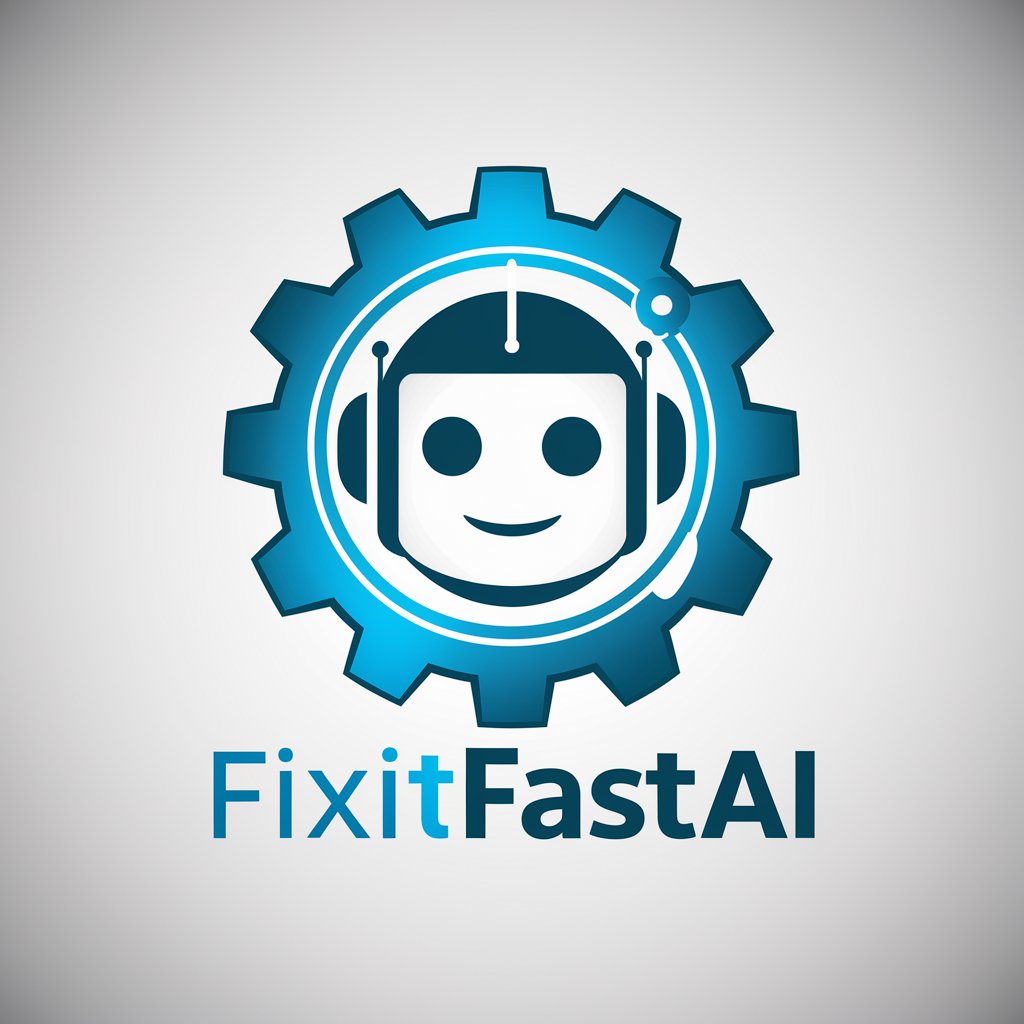
Frequently Asked Questions about the RICE Framework
What does RICE stand for in this context?
RICE stands for Reach, Impact, Confidence, and Effort. It's a framework used to prioritize product development initiatives based on these four factors.
How do I determine 'Reach' in the RICE framework?
Reach is measured by estimating how many people will be affected by the initiative in a given period. This could include user metrics, customer segments, or potential market size.
What kind of impact should I look for using RICE?
Impact refers to the expected change brought about by the initiative, such as increase in revenue, improvement in customer satisfaction, or operational efficiency.
How do I estimate 'Effort' in the RICE framework?
Effort is estimated based on the resources required, including time, manpower, and cost, to implement the initiative compared to the potential benefits.
Can the RICE framework be used for non-product initiatives?
Yes, while traditionally used for product development, RICE can also prioritize marketing campaigns, operational improvements, and strategic decisions.
